How To Find What Makes Your Brand Unique + Why Handmade and Made In The USA is No Longer Enough
I want to help you build a sustainable, profitable handmade business that makes you consistent income and sales. I only ever teach or recommend marketing, social media, pricing, production and branding tips that I’ve personally used successfully in my own 7-figure handmade businesses.
I'm Mei, from Los Angeles!
Read More
Popular Posts You'll Love
Looking for something?
Categories
starting a business
get more traffic
running a business
make more sales
branding
growing a business
mindset & productivity
podcasts
pricing & money
product photography
reviews
selling on etsy
selling on amazon
social media
selling wholesale
- Facebook6
- Twitter4
- Pinterest903
- 913shares
So you’re a handmade business owner.
Turning your passion into a business and creating an income from your sales is admirable!
But are you feeling stuck?
You’re not getting many sales and it feels really hard to turn one time customers into repeat sales.
But just like going to the clinic to get some answers for what’s causing that intense migraine, there can be numerous causes for the problem you’re having in your business.
Your prices might be wrong.
Your photos might be bad.
Your product line might not be cohesive.
Sometimes you really need to go back to the basics.
However, the problem that plagues most small business owners is not being clear on what makes you unique.
What is your unique selling proposition (USP)?
What is your shop known for?
Without a clear and concise USP, you’ll struggle to build a consistent income.
In this article, I’ll show you how you can find out your USP and finally start moving in the right direction!
I’m going to share an observation that you might not want to hear.
Cover your eyes if you have a weak stomach!
Being Handmade is no longer enough
Unfortunately, being handmade is no longer what sets you apart from everyone else selling online.
In 2014, it was reported that there were 1.3 million Etsy shops.
With most Etsy shops selling a handmade product, it’s impossible to stand out from the crowd by riding in the same boat.
Turning a handcrafted item into a business used to be a novel, new and unique idea 10 years ago when few people were doing it.
Now, you’re just another small fish in a very big pond. A needle in a haystack.
Handmade can be perceived as homemade
I was discussing with my Atlanta Gift Show salesperson about my contract to exhibit at the trade show for the second time.
I had done the show the year before and was placed in the “On Trends” category on the top most floor.
The “On Trends” category was super cool and I was proud to be a part of it.
However, most vendors in my category were not handmade or made in the USA.
What made things worse was the Made In China category right next to us.
I hardly made any sales being in this category because of my higher price points from being both handmade and made in America, so I stipulated a condition to the salesperson.
I told them I would only exhibit again if I could be in the Made In The USA category, on the 2nd floor where traffic was better and buyers were less hesitant about higher price points.
The Made In The USA category is a juried one since they needed to verify that my materials were made in the USA.
My necklace chains are made in Italy. Even though the charms themselves are hand sculpted in Minneapolis, it wasn’t enough and the jury couldn’t make an exception.
Understood.
But here’s the kicker. They then made a suggestion that I should exhibit in the Handmade category.
But that I should rework my packaging because it didn’t look handmade enough.
And later implied that my booth presentation and display of my jewelry looked so professional (with factory like precision) that it didn’t look handmade.
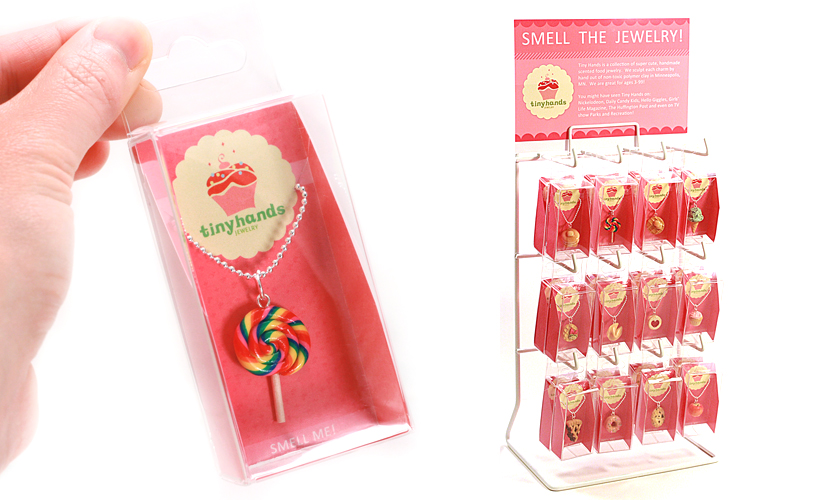
I was irate. Steaming from my ears!
Since when did looking professional equate to not being handmade?
Since when did handmade equate to being homemade?
When you deal with trade shows, you sign up to deal with the masses.
And it dawned on me that this was the perception of the masses.
“You make a handmade product? How cute.”
As if handmade means you shouldn’t be taken seriously.
Made in the USA is only useful in specific circumstances
Having attended trade shows, it’s been invaluable to collect feedback from store buyers.
I spoke with a few stores who loved my product at first glance but balked at my high prices.
“We appreciate handmade and made in the USA but it comes down to prices.”
Stores are still looking to make a profit selling products they know will move.
At the end of the day, price is the deciding factor.
It’s not enough just to be made in America.
Do not make the mistake of making this your only USP when pitching a magazine, store or online customer.
On the flipside, there are very specific circumstances where Made in the USA is important.
For example, if you were competing in Martha Stewart’s American Made contest.
Or if you were applying to exhibit in the Made in the USA category of a trade show or gallery.
Or if a magazine editor was looking for Made in America products to feature.
But for the rest of the time, made in the USA is useless by itself.
At this point, you might be scratching your head.
What should be your USP?
What Makes Your Brand Unique?
A great but simple exercise to try out is by completing this statement:
I make THE __________
For instance:
I make THE cutest scented food jewelry.
This will obviously take time to come to you. So don’t beat yourself up if it’s not obvious to you yet!
Why People Should Buy From You
Give people a reason (or several) to buy from you.
A customer recently told me he had been introduced to the concept of food jewelry on Instagram.
He had seen some cool photos, not posted by me.
He later went on to Google to look up shops that sold food jewelry and instantly found my store.
Even though he had found food jewelry elsewhere first, he said he bought from me because my products looked the best and my customer service was awesome.
It’s super important to me to create food designs that look adorable and conceivable in miniature form.
I’m not just going to take a plate of spaghetti and meatballs and turn it into a necklace. It won’t look good and won’t even be identifiable at such a small scale.
You should be aware of other brands that sell similar designs as you.
What are they doing right?
And how can you be better (or different) from them?
Discovering your USP often takes time.
Spend time hanging out with your prospective customers.
What do they value?
What delights them?
What humors them?
What excites them?
Being Famous For One Thing
Another deceivingly simple exercise you can do is to find out what one thing your shop can be famous for.
Famous actors, musicians, chefs, politicians and athletes are known for one specific thing that they do well at a genius level.
Sure, you can become famous for a few different things, but we all start with just one.
Do one thing better than everyone else in the market.
Then you can explore the next thing.
I’m not the only person online selling food jewelry that smells.
Yet I’m one of the most famous shops that people go-to for buying adorable foodie gifts for their loved ones.
When you can figure out this one famous thing, it’ll be so much easier for you to market and promote your business.
Your social media efforts and brand voice will become more consistent.
Pitching to magazines will get you better results.
It’s worth it, so take the time to think about this.
Let it simmer, but don’t force it.
Just being aware and thinking about it puts you in a better position than you were before you read this article!
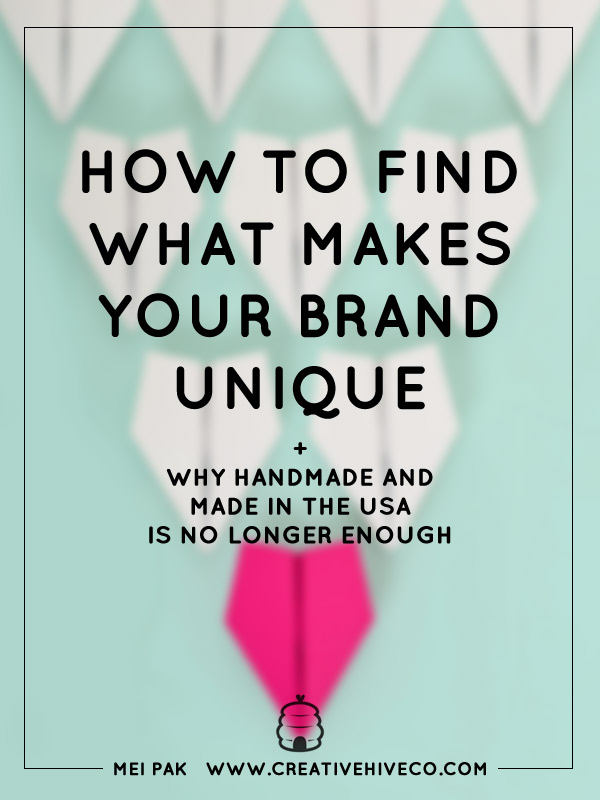
Leave a Comment
Liked this article? Share it!
Unlock a Profitable Handmade Business
in Just 12 Weeks Without Using Etsy
or Social Media
FREE WORKSHOP
This workshop is for anyone who makes and sells a handmade or physical product, including jewelry designers, artists, paper designers, bath & body product makers and more!
What You'll Discover
The #1 mistake people make with Etsy & social media that causes shops to FLOP
The secret to making it with your handmade shop so it's no longer just a hobby
How to make sales in your handmade shop with ease so you can finally get to 6-figures
TAKE ME THERE
Your email address will not be published. Required fields are marked *
Leave a Reply Cancel reply
About
Blog
A Sale A Day
Student Login
Free Class
Contact
Terms
Become A Student
Watch On YouTube
Student Reviews
See My Handmade Shop!
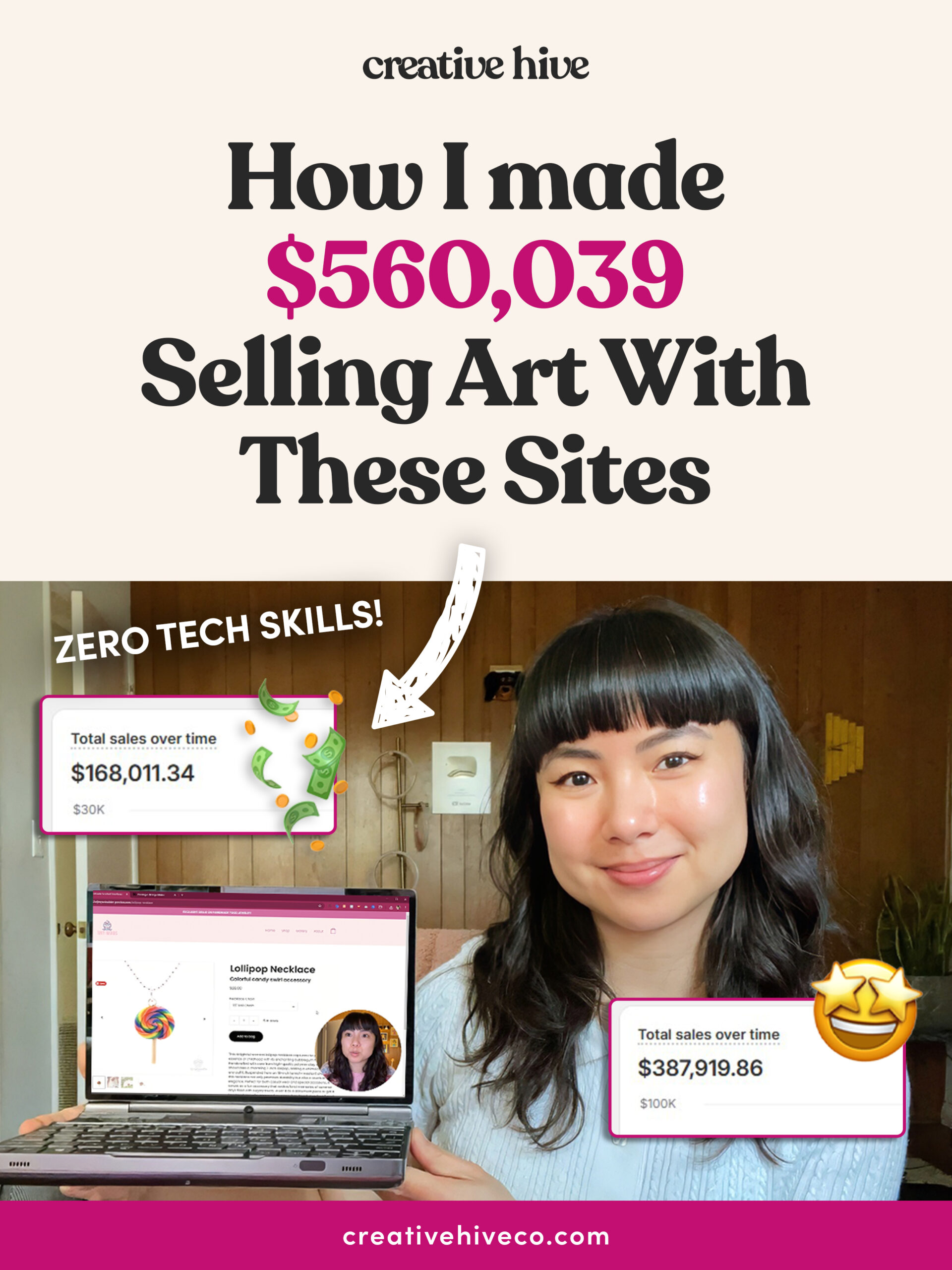
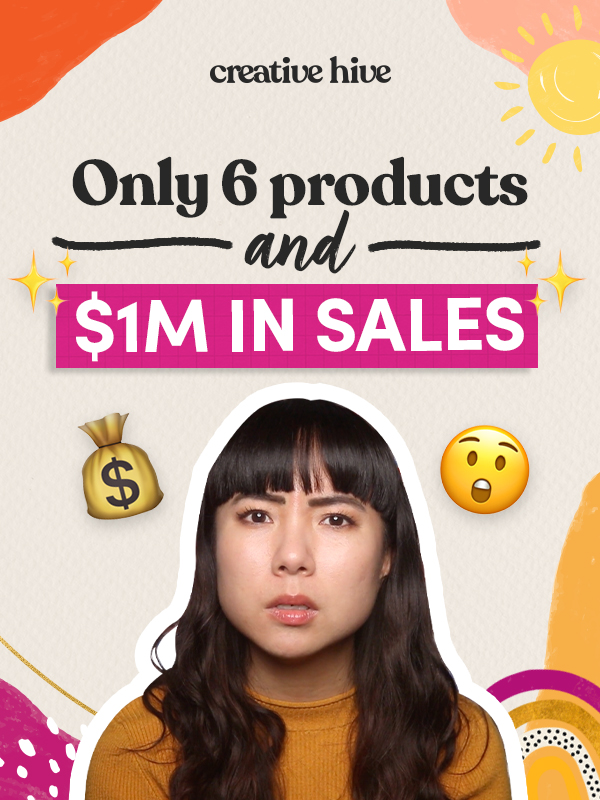
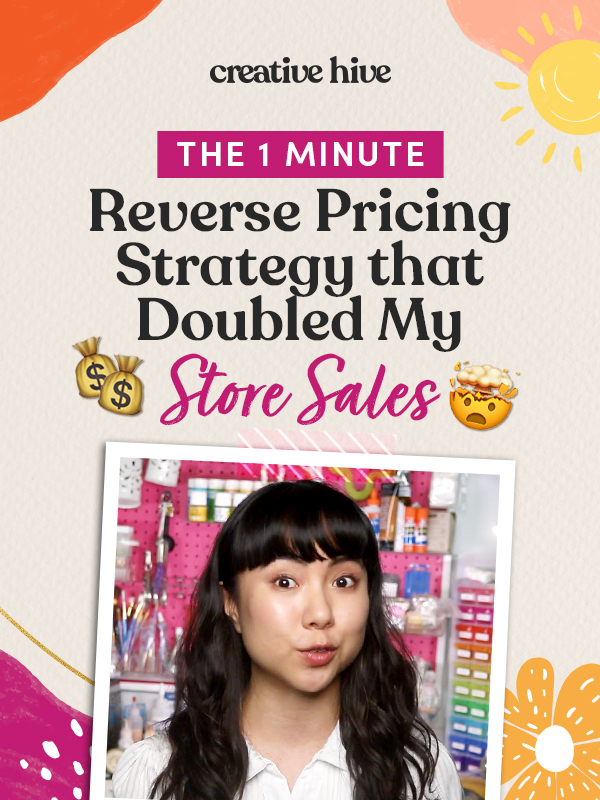
This is by far one of the best blogs &/or articles that I have ever read. I am looking to go into business again, You really got me thinking about a lot of things. Most of the other business articles say the same dribble. I want to thank you for your truth and experience.
Tgabk you. Really helpful
You hit the nail right on the head! I’m stuck in the “one-time customer” rut, and it’s driving me crazy. I brainstorm new products, tweak my pricing, spend hours on product photos, but it feels like I’m just rearranging deck chairs on the Titanic. When playing House of Hazards, there will be a few things to keep in mind for you. You need to dodge exploding ovens, move carefully on slippery floors and outrun your opponents in this crazy race through a dangerous house. This game is a complete chaotic fun for all the youngsters.